Explore Beyazit Tower: Istanbul’s Iconic Fire-Watch Landmark
Have you ever wondered what the watchtower in the old town part of Istanbul is? Located in central Istanbul, Beyazit Tower serves as a symbol uniting the city's past and present. This enduring structure, standing for centuries, mirrors both Ottoman administrative practices and the cultural richness of modern Istanbul. Elevated above Beyazit Square, it is more than just a fire watchtower; it embodies significant historical, architectural, public order, and aesthetic meanings. So, what is the tower in the old town part of Istanbul? Let's explore together 👇
Where is the Beyazit Tower Located, and How Can It Be Viewed?
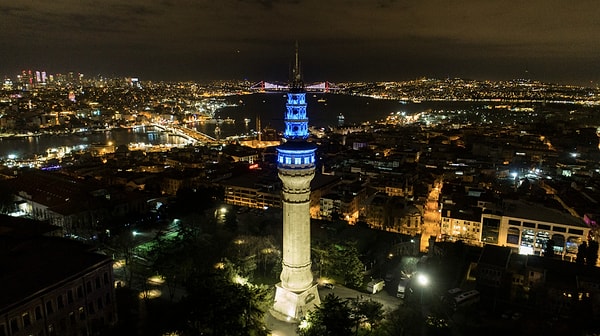
Beyazit Tower is located in Beyazit Square, in the centre of the historic peninsula in the Fatih district of Istanbul. The tower rises behind the historic Beyazit Mosque, within the main campus of Istanbul University. Due to its location, it can be seen especially from the Eminönü, Süleymaniye, Laleli and Sultanahmet areas. Although this structure, which is an integral part of Istanbul's skyline, can be seen from the outside today, access to its interior is limited to visitors. Access to the tower is possible through Istanbul University's special permission programmes or guided cultural tours. Individual entry into the tower is generally not permitted.
Who Built the Beyazit Tower?
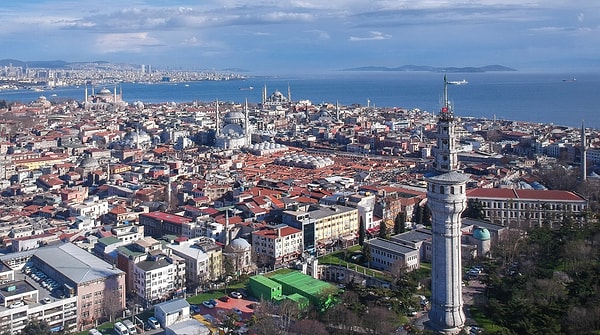
The history of Beyazit Tower extends not only to the current stone structure, but also to its previous versions. The first tower was built in 1749 during the reign of Sultan Mahmud I. However, this first structure was made entirely of wood and was unfortunately destroyed in the great Cibali fire of 1756. Then, in 1826, another wooden tower was built; however, it too was destroyed and burned during the events that took place during the abolition of the Janissary Corps that same year.
The stone structure we see today was built in 1828 by the architect Senekerim Amira Balyan, a member of the famous Balyan family, on the orders of Sultan Mahmud II. This version, built using stone, was both more durable and permanent. In this respect, the Beyazit Tower is an example of the transition between the late classical period and the early modern period in Ottoman architecture.
Architectural Features of the Beyazit Tower
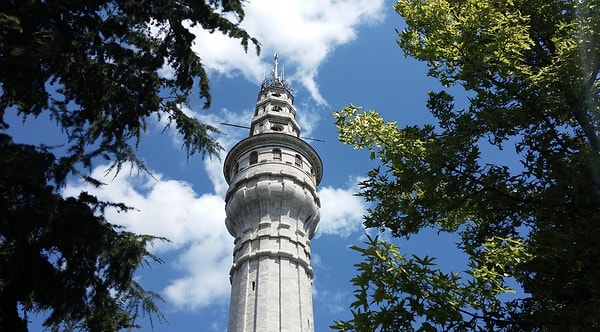
The tower has a total height of 85 metres. The base of the structure is square and tapers slightly as it rises upwards. There are three main observation levels: the guard level, the signal level and the flag level. These levels divide the tower into three sections, both architecturally and functionally. Access to the tower is provided by a spiral staircase with 256 steps located inside. The original structure had fewer steps, but it has been restored and structurally modified over time to reach its current form.
From the platform at the top of the tower, a vast area of Istanbul can be observed. This feature made it not only an aesthetic structure but also a public service tool aimed at ensuring the city's security.
What is the Beyazit Tower Used for?

The purpose of constructing the Beyazit Tower is quite clear: to serve as a fire observation and warning system. Ottoman Istanbul was largely composed of wooden structures, and frequent fires often resulted in loss of life and property. Early detection of such disasters and rapid intervention were vital for the safety of the city.
The watchmen stationed in the tower observed smoke rising from different directions to determine the location of the fire and reported this information to the public and authorities. However, due to the limitations of communication tools at the time, this information was conveyed through specific signal systems. During the day, a basket system was used, while at night, lanterns and light signals were employed. Specific signal codes were developed to indicate which neighbourhood was on fire. For example, one lantern signalled Aksaray, two lanterns signalled Fatih, and three lanterns signalled Galata. This system was eventually learned by the public and closely followed.
Over time, this system evolved, and the tower began to transmit not only fire signals but also weather signals.
The Meaning of the Lights at Beyazit Tower: Weather Forecasting System
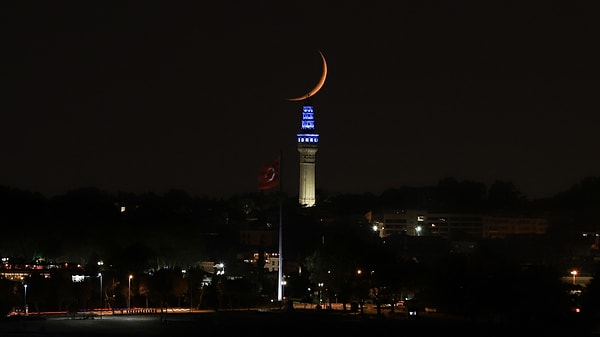
Today, the colourful lights that shine at night in the tower function as a weather forecasting system. This application was first launched during the Republican era and was suspended for a period in 1995. However, it was reactivated in 2010. Managed by the Istanbul Metropolitan Municipality, this system aims to provide citizens with daily weather information. The lights turn on every evening and remain lit until morning.
The meanings of the colours are as follows:
Blue light: Clear and sunny weather is expected the next day.
Green light: Rainy weather is coming.
Red light: There is a possibility of snowfall.
Yellow light: Foggy or hazy weather is expected.
This colour-coded signal system is a nostalgic method of information transfer that many people in today's Istanbul may not be aware of. It is still an effective and practical indicator, especially for those living in neighbourhoods close to the tower.
Is Beyazit Tower Open to Visitors?
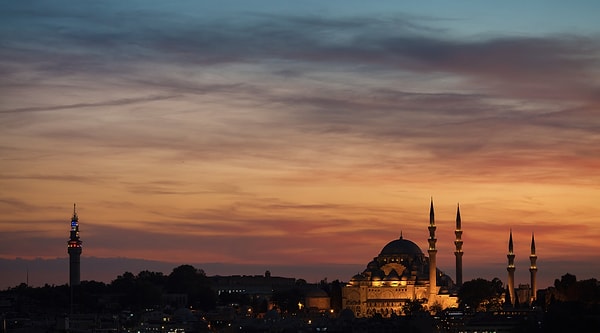
Beyazit Tower is located within the Istanbul University campus and is not fully open to the public. However, it can be visited during certain periods and within the framework of special programmes, through guided groups. Access to the tower is possible during cultural events organised by Istanbul University or as part of historical tours organised by the Istanbul Metropolitan Municipality. Individual access to the tower is generally not possible for security and structural preservation reasons.
Nevertheless, you can see and photograph the entire exterior of the tower from Beyazit Square. The colourful lights that begin to glow in the evening hours make the tower particularly enchanting.
Interesting Notes and Historical Anecdotes About the Beyazit Tower
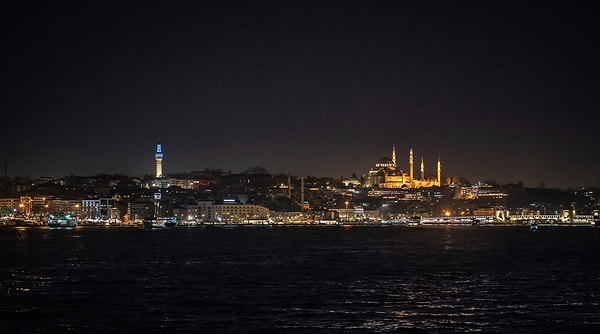
The tower was one of the tallest structures in Istanbul in the 19th century. For this reason, it was perceived not only as a fire observation tower but also as a structure from which state officials symbolically ‘watched over’ the city.
The watchmen who worked in the tower were regarded as heroes by the public for many years. They were referred to as ‘Uncle Watchman’ or ‘Tower Guard.’
In the 1960s and 1970s, the tower became one of the symbolic sites of political demonstrations. In particular, hanging banners on it during student movements was one of the most striking actions.
The structure underwent restoration in 1997, and its exterior and interior were completely renovated in the 2000s. Thus, both its historical texture and its lighting systems were modernised.
Keşfet ile ziyaret ettiğin tüm kategorileri tek akışta gör!

Send Comment